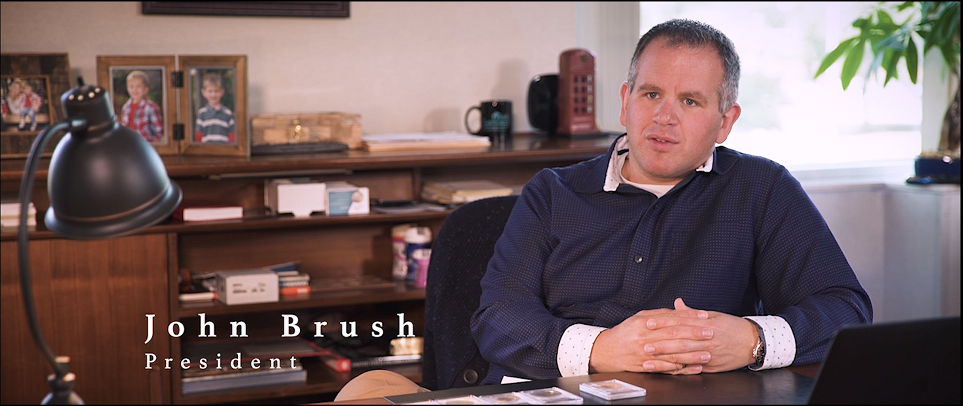Just Ask John: DLRC Auction Categories

Every week we get emails from our clients asking our fearless leader John Brush for his knowledge and opinions on a wide range of issues within the coin industry. Last week, John doled out sage advice on researching potential purchases and the value of certifying coins. This week John answers a question about our online auction that we hear all the time and goes into a bit more detail on the process.
I love bidding in your auctions because I don't have to deal with all the various fees that seemed to get added on to other auction bills. But when I look on your website and read your emails, I see all these different categories in your auction. What's the differences between the regular coins and something like the Vault Values?
-John N. from Fort Worth, TX
You know, this is a question that we get asked rather frequently, so instead of just answering this, I’ll explain all of the parts of our auctions and give a little info on our theory on Auctions.
We’ve been doing this longer than any currently existing internet auction company. And we’ve played with the method of how we prefer to run it quite a bit. We realize that your time is limited (maybe not so much now, but you get the picture) and most collectors don’t want to sift through thousands of coins. We prefer to hand-pick and give feedback (color and eye appeal) and descriptions, if appropriate, of each coin that we’ve listed. We realize that we’re not just a marketplace; we’re coin collectors that want to work with other collectors. That’s our whole belief in how we choose to operate, and we think that collectors would prefer to work with actual collectors and numismatists. Thus, we curate each of our auctions with a finite number of coins and we don’t try to overburden you with thousands of items. In fact, a coin only goes through auction once…unless it then becomes a Vault Value…
Here are the two standard variations that appear in our auctions:
Vault Values: These are coins that have run in our auctions before at a higher starting bid than the current listing. This can happen due to a consignor reducing his minimum that he needs to receive on a coin, DLRC seeing the need to reduce a price as the market has adjusted, OR it could simply be the fact that the coin has been in DLRC’s inventory a little longer than intended, so we’re happy to lower the price to a new wholesale level. Now, the one thing that I always review on these coins is that they are now priced at what is a wholesale level on the coin market. Are they too cheap? Not generally. But, they are fair and you typically can’t go wrong chasing after these pieces as they are reduced to a wholesale price level.
Unreserved Lots: These are coins that are 100% going to sell in the auction. The coins are being offered with no starting price or reserve. For the most part these coins are consignments, but they can also be coins that we just decide to offer as we think that they will sell at fair levels without any issues. Lastly, this would also contain any Guaranteed Auction Items (GAP). The GAP coins all have minimum guarantees that DLRC has figured so that the coins will sell no matter the case, but it limits the downside of the consignor. In essence, it gives the seller the upside of the auction with none of the downside. We love unreserved auctions as they get the most attention, but we also think that not all coins should be sold this way as it’s unhealthy and unfair to the consignors to auction multiples of the same coin in this method.
That was longer than you probably expected in this conversation but hopefully it sheds a little more light on what we’re doing here on a weekly basis.
Numismatically Yours,
John Brush
Do you have a topic about DLRC, the coin industry, or the collecting hobby that you want John to tackle? Email your question to coingroup@davidlawrence.com and it might be featured in a future edition of “Just Ask John!”
